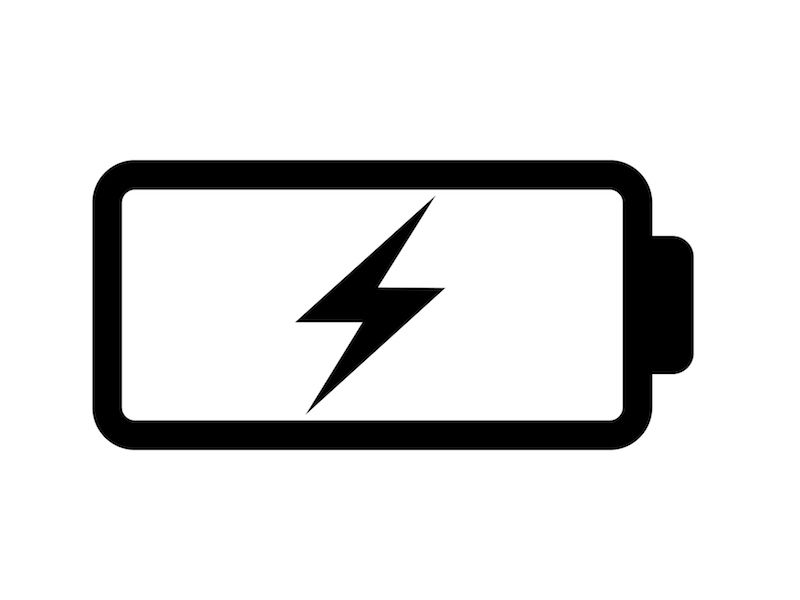
Stressing about running low on batteries is something you shouldn’t have to do with rechargeable hearing aids, but when you depend on this technology, it might make you a little concerned. Do rechargeable hearing aids work as well as marketed or do they even work at all?
The worry is understandable and so are the question you may have. A hearing aid is often as necessary for the enjoyment of a television show or a movie as it is for a trip to the supermarket or any other part of everyday life. It’s important that a piece of technology functions properly and reliably, especially when it affects so many aspects of life.
How Do I Know What Type of Battery I Have?
By default, most contemporary hearing aids come with rechargeable batteries, so if you got your hearing aids recently it’s likely that your hearing aids will have one of two battery types. Silver-zinc batteries, which have a battery door on the back, are rechargeable, but every so often they need to be replaced. A Lithium-ion battery, however, will last throughout the life-cycle of the hearing device and, because of that, those devices will not have that telltale battery door.
Rechargeable Hearing Aids Need Special Care
For the most part, rechargeable hearing aids do work, and they work well. The reliability of these devices has enhanced considerably in the last few years, as battery technologies have improved. And, like any other electronic device, however, there are some easy maintenance steps that users can practice to improve the reliability of their rechargeable hearing aids.
- Be Careful of Wires: Either the charging station or the hearing aid itself will contain some kind of wire element on most hearing aids. Being careful of these wires is essential for hearing aid users; do not pull or hold your device by these wires as this can damage the connections that enable your hearing aid to charge.
- Keep Your Hearing Aids Dry and Clean: No matter how often you use or do not use your hearing aids, they have abundant opportunity to accumulate moisture, debris, and dust. Any combination of these three things can diminish the capacity of your battery and can obstruct charging as much as it needs. When connecting your hearing aid to your charging station, as with any other time, it’s crucial to keep your device clean.
- Store Your Hearing Aids on The Charging Station: If your hearing aids have rechargeable batteries, you can increase the battery life of your device by making sure that you regularly store your hearing aids on their charging station. The long term battery life is not shortened by charging a battery that is not fully drained.As a matter of fact, ensuring that your hearing aids are charging when you’re not using them can actually benefit your long-term battery life. A simple reminder, for many people, to charge their device when it’s not in use, is to place the charging station on a table near their bed.
How to Change a Rechargeable Battery
If you have lithium-ion batteries, they should last as long as your device does. Because of this, you should not have to worry about changing those batteries. Simply keep recharging your hearing aids as long as necessary.
Hearing aids that depend on silver-zinc batteries, however, may call for new batteries once in a while. Replacing batteries in the correct way can help improve the lifespan of your hearing aids. Because of this, hearing experts recommend the following:
- Make sure you wash your hands before changing your hearing aid batteries.
- Keep batteries in a room temperature spot that is also sure to be dry.
- Don’t get rid of any packaging or plastic tabs until you’re ready to use batteries.
- Five minutes before taking off any tabs that might be attached let the batteries sit at room temperature.
- Ensure that your battery compartment is free of moisture and clean.
Long Periods of Non-Use
If you are planning not to use your hearing aids for long periods of time, leaving them on the charger might no longer be the best way to store your devices. If, for instance, you know that you will not be using your hearing aids for several weeks or months, you can simply remove the charger and put your hearing aids in a dry and cool place.
Consider leaving the battery door open so you can stop moisture from corroding the batteries if you have silver-zinc batteries.
Rechargeable for Everyday Use
For most individuals, and for day to day use, charging your hearing aids once a day should be enough for all of your needs. A lithium-ion battery, for example, will usually require only 3-4 hours to charge enough battery power for a 24 hour period.
Do rechargeable hearing aids work? They don’t only work, they are becoming more common every day. Make an appointment with your local hearing aid retailer to see all the different models
